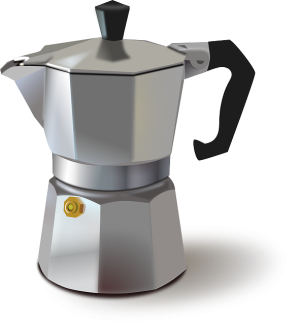When upgrading your kitchen with major appliances like ovens and ranges, it's crucial to understand their specific requirements for installation and operation. Gas ranges must be professionally installed with a safe connection to a gas line and adequate ventilation. Electric ovens require appropriate electrical outlets that match their voltage and amperage needs. Both types of appliances should be installed levelly, with secure connections to prevent movement and potential hazards. Proper maintenance is key for safety and performance; regular cleaning, checks on electrical connections, and inspections of gas lines can help extend the lifespan of your major appliances and ensure they function optimally. For complex issues or when in doubt about the installation process, professional assistance is recommended to guarantee compliance with safety codes and regulations. Regular maintenance by qualified technicians will also help detect and rectify potential problems, ensuring your kitchen remains a safe space for cooking and gathering.
When it comes to ensuring safe, efficient cooking in your kitchen, understanding the intricacies of oven and range installation and maintenance is paramount. This comprehensive guide delves into the specifics of major appliance types, their unique installation requirements, and the importance of adhering to safety standards throughout the process. From step-by-step installation instructions, including essential safety precautions and best practices, to troubleshooting common issues that may arise, this article equips you with the knowledge necessary for a seamless setup. Additionally, it explores the significance of regular upkeep to sustain optimal functionality over time. For those moments when professional expertise is needed or when a DIY approach is feasible, this guide provides insights into assessing your skill level and the tools required. Safety, compliance, and appliance longevity are at the forefront of every recommendation, ensuring your kitchen remains a secure and functional space for all your culinary endeavors.
- Understanding Your Oven and Range Types: A Guide to Installation Requirements
- Step-by-Step Oven and Range Installation: Safety Precautions and Best Practices
- Troubleshooting Common Oven and Range Issues: Identifying and Resolving Problems
- The Importance of Regular Maintenance for Long-Term Oven and Range Functionality
- Professional Repair Services vs. DIY Fixes: Assessing Your Skill Level and Tools Needed
- Ensuring Compliance with Safety Standards in Oven and Range Installation and Repair
Understanding Your Oven and Range Types: A Guide to Installation Requirements
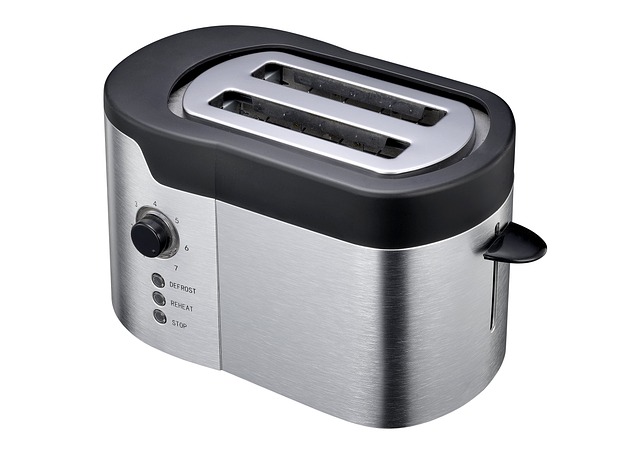
When integrating new major appliances like ovens and ranges into your kitchen, it’s crucial to familiarize yourself with the different types available and their specific installation requirements. Gas ranges, for instance, necessitate a direct gas line connection and proper ventilation to ensure safe operation and to prevent the buildup of harmful gases. Electric ovens, on the other hand, require a suitable electrical outlet that matches the appliance’s voltage and amperage requirements. Slide-in models are designed to be seamlessly integrated into your kitchen cabinets, while freestanding units can be placed against a wall or in the center of the kitchen. Understanding these distinctions is key to ensuring a secure and efficient installation process.
For gas ovens and ranges, it’s imperative to have a qualified professional perform the installation to ensure that all connections are made correctly and safely. This includes verifying the gas line size, tightening connections, and ensuring that the range hood or ventilation system is capable of removing combustion gases effectively. Electric ovens also demand careful attention; the power supply must be evaluated to guarantee the necessary current and circuit protection. Additionally, the installation should adhere to local electrical codes to prevent any fire hazards or electric shocks. Proper installation not only extends the life of your major appliances but also ensures they function as intended, providing you with a safe and reliable cooking experience. Always refer to the manufacturer’s guidelines and consider enlisting the expertise of a professional for complex installations to guarantee the safety and efficiency of your new oven or range.
Step-by-Step Oven and Range Installation: Safety Precautions and Best Practices
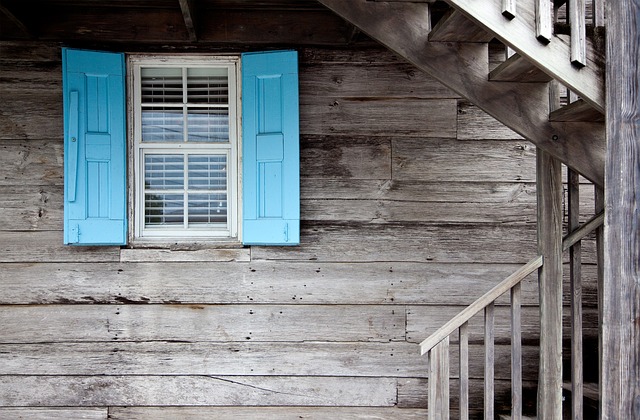
When installing major appliances such as ovens and ranges, safety should be a top priority to ensure proper functionality and to prevent potential hazards. To begin with, always refer to the manufacturer’s instructions specific to your model for precise guidance. Prior to any installation, ensure the area is clear of flammable materials and that there is adequate ventilation to mitigate the risk of carbon monoxide poisoning. Proper electrical connections are crucial; make sure to use the correct gauge wires as per the appliance’s requirements and adhere to local electrical codes. It’s imperative to secure the oven or range firmly to the floor to prevent movement that could lead to gas leaks, electrical shorts, or physical damage during operation.
Upon placement, check for levelness to avoid uneven cooking and potential water damage from condensation. Connect the gas supply, if applicable, by following the manufacturer’s directives precisely. This includes tightening connections securely without overtightening, which could lead to cracks or leaks. For electric models, ensure the power source is correctly attached and that the outlet can handle the appliance’s electrical load. After installation, conduct a test run to confirm that the oven or range operates safely and efficiently. Look out for any abnormal sounds, smells, or functionality issues that may indicate improper installation or potential safety concerns. If in doubt, it’s advisable to seek professional assistance for a safe and secure setup. Regular maintenance checks are also essential to maintain the appliance’s performance and safety over time.
Troubleshooting Common Oven and Range Issues: Identifying and Resolving Problems
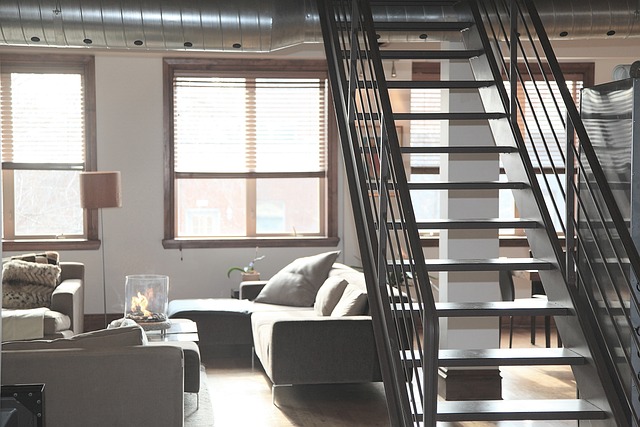
When encountering issues with your oven or range, prompt identification and resolution are key to maintaining safe cooking conditions and prolonging the life of your major appliances. Common problems such as an oven not heating, incorrect temperature readings, or a range that won’t light can often be resolved through basic troubleshooting steps. If the oven fails to reach the set temperature, check if the heating elements are clean and functioning; dirt and grease buildup can impede heat transfer. Ensure that the oven’s door seal is intact and secure, as a compromised seal can allow heat to escape, affecting cooking performance. In instances where the range won’t ignite, inspect the igniter for any signs of blockage or damage. A persistent clicking sound without lighting may indicate a faulty spark module or an issue with the gas supply. For ranges with electronic ignition, verify that the electronic components are properly connected and powered. Regular maintenance, including cleaning the oven and range thoroughly, can prevent many issues from arising in the first place. If problems persist after attempting these initial troubleshooting steps, it’s advisable to consult the appliance’s manual or contact a professional for further assistance, as continued use of malfunctioning major appliances can pose safety risks and lead to more complex repairs.
The Importance of Regular Maintenance for Long-Term Oven and Range Functionality

Regular maintenance is a cornerstone for ensuring the long-term functionality and safety of major appliances like ovens and ranges. Consistent care prevents the buildup of debris, which can lead to inefficiencies and even fire hazards. Cleaning the oven’s interior and exterior, inspecting door seals, and maintaining the range’s burners are routine tasks that extend the lifespan of these appliances. For gas ranges, it’s particularly important to check gas lines and connections for leaks and tighten them as necessary. Properly functioning ovens and ranges not only enhance culinary experiences by providing consistent cooking temperatures but also safeguard against potential mishaps in the kitchen. Homeowners should adhere to a maintenance schedule tailored to their specific appliance models to maximize performance and minimize repair costs over time. By investing time and resources into regular upkeep, the risk of unexpected breakdowns is significantly reduced, ensuring that when it’s time to cook, your major appliances are ready to perform at their best.
Professional Repair Services vs. DIY Fixes: Assessing Your Skill Level and Tools Needed
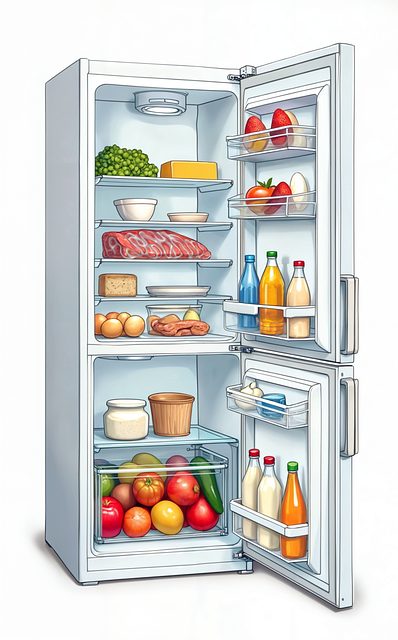
When faced with oven or range issues, homeowners often ponder whether to tackle the repair themselves or enlist professional services. The decision hinges on several factors, including your skill set, the nature of the malfunction, and the tools at your disposal. For major appliances like ovens and ranges, certain repairs are straightforward and may be suitable for DIY enthusiasts with a good understanding of appliance mechanics. Simple tasks such as replacing a faulty heating element or a broken wire might be manageable without professional expertise, provided you have the correct tools and safety gear. However, for more complex issues like gas leaks, electrical problems, or intricate component replacements, it is prudent to consult with licensed professionals who specialize in major appliance repair. Their expertise ensures not only the safe and efficient resolution of the issue but also adherence to local codes and regulations. Engaging with a professional service can also extend the lifespan of your appliances through proper maintenance practices, which might not be fully apparent to an untrained eye. Therefore, while some repairs can be DIY-friendly, others necessitate the skills and tools of a seasoned repair technician, especially when dealing with major appliances that require precise handling to maintain safe cooking environments.
Ensuring Compliance with Safety Standards in Oven and Range Installation and Repair
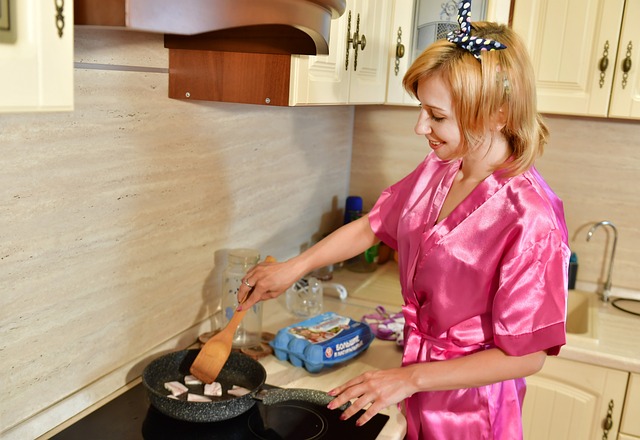
When installing or repairing major appliances such as ovens and ranges, adherence to safety standards is paramount to ensure a safe cooking environment and comply with local regulations. Proper installation involves precise measurements and alignment with manufacturer specifications to prevent gas leaks, electrical hazards, and improper ventilation of combustion byproducts. It’s crucial to follow the guidelines set forth by authoritative bodies like the National Electric Code (NEC) and the International Residential Code (IRC) when dealing with electrical connections and gas lines. These standards dictate the minimum requirements for materials, workmanship, and safety devices, protecting users from potential fires or electric shocks.
Similarly, repairs on ovens and ranges must be executed with a keen attention to detail, using only qualified technicians who are well-versed in these safety protocols. Regular maintenance checks can identify issues before they escalate into dangerous situations, ensuring that safety features such as automatic shut-offs and gas valves function correctly. Consumers should always opt for professional services for repairs and maintenance to avoid the risks associated with faulty installations or DIY fixes that do not meet compliance. By prioritizing safety and remaining informed about the latest standards in major appliance installation and repair, homeowners can safeguard their kitchens and promote a safer cooking experience.
In conclusion, whether you’re tackling a DIY project or opting for professional assistance, understanding your oven and range types is paramount for safe and efficient installation. Following detailed safety precautions and adhering to best practices during setup is crucial, as is engaging in regular maintenance to maintain peak performance and longevity of your major appliances. When issues arise, prompt troubleshooting can prevent more significant problems, ensuring your kitchen remains a functional and safe space. Remember, when in doubt about your skill level or the complexity of the task at hand, prioritize safety by seeking out qualified repair services. Compliance with safety standards is not just a guideline but an essential aspect of maintaining the integrity of your cooking environment. With the right knowledge and approach, your oven and range will serve as reliable and trusted companions in your culinary endeavors for years to come.
